Key to Vietnam's success in becoming first country to breed amberjack
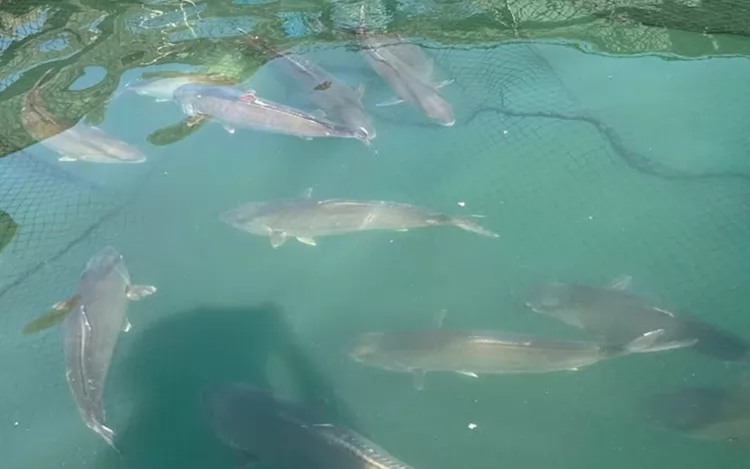
Amberjack broodstocks. Photo: Dang Lua
In its first attempt, Vietnam has succeeded in breeding the high-value amberjack, a feat no other country has accomplished to date.
This breakthrough was made by the Research Institute for Aquaculture No. 1 (RIA1), under the Ministry of Agriculture and Environment.
While countries like Japan and China have long been conducting research on artificial amberjack breeding, they have yet to succeed.
Speaking at a recent national conference on science, technology, innovation, and digital transformation, Associate Professor Dr. Dang Thi Lua, head of the RIA1, revealed that the institute successfully induced the spawning of amberjack for the first time in April.
The breeding stock was developed from wild-caught amberjack, averaging 10 kilograms and aged between five and six years.
“Amberjack is a new and challenging species in aquaculture, so we incubated and reared the larvae in both tanks and ponds to compare development,” Dr. Lua explained.
The first artificial spawning yielded approximately three million eggs, with a fertilization rate exceeding 90 percent, she said.
Notably, eggs incubated in ponds hatched six to eight hours earlier than those incubated in tanks.
However, overall hatching rates remained modest, at just over 30 percent, prompting further research to improve efficiency.
After hatching, larvae were reared under identical conditions in both models, yet the results diverged significantly.
At 23 days old, the fish reared in ponds showed superior growth and survival rates.
Pond-reared juveniles also successfully transitioned to artificial feed by the 18th day of rearing, a critical milestone in fish farming.
This success positioned Vietnam at the forefront of amberjack aquaculture.
The fish will now be raised to the broodstock stage for future commercial farming trials.
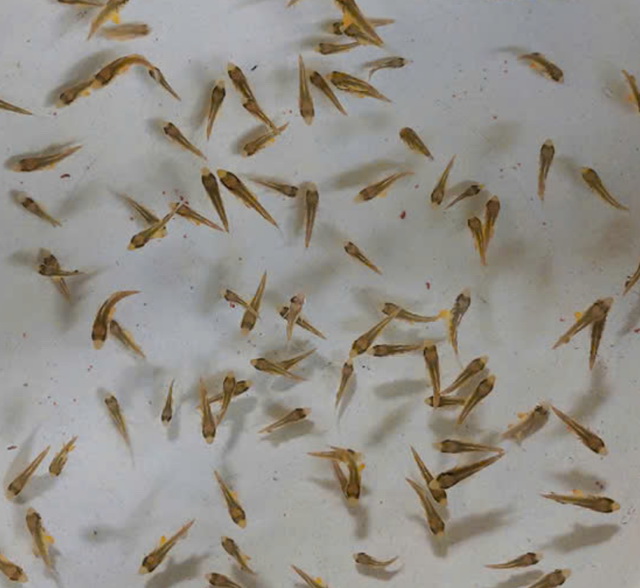
20-day-old amberjack. Photo: Dang Lua
Amberjack in the wild are declining, putting pressure on many countries to develop hatchery-based breeding programs.
Japan and China have intensified their efforts, but continue to face barriers, largely due to colder climates and inadequate larval feeding protocols, resulting in low survival rates, she said.
Amberjack is considered a high-end seafood product, growing up to three kilograms within 18 months.
Its natural distribution spans warm oceans, making it ideal for offshore cage farming, which alleviates pressure on nearshore ecosystems.
The fish is especially prized in Japan, South Korea, the United States, and Europe, often served as sashimi or sushi in upscale restaurants.
Tieu Bac - Chi Tue / Tuoi Tre News
Maybe you are interested
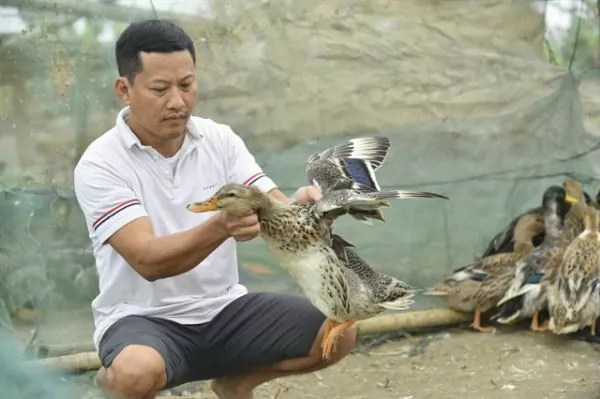
University lecturer successfully restores Cổ Lũng duck breed
THANH HÓA — A university lecturer was so impressed with the famous Cổ Lũng duck dish of Thanh Hóa Province that he invested his own money into studying and restoring the breed.
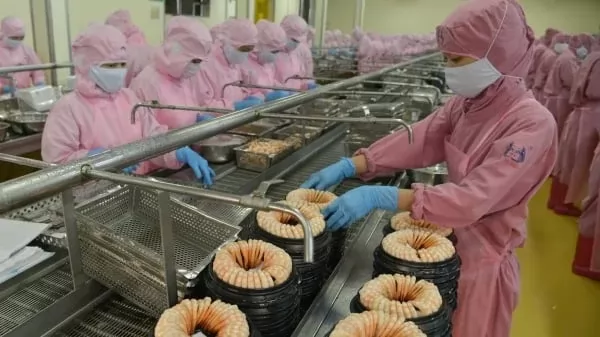
Seafood exports to Japan encounter difficulties with the Doxycycline antibiotic indicator
The allowable maximum residue threshold that Japan stipulates for the Doxycycline antibiotic in imported seafood is causing difficulties for seafood exports to this market.
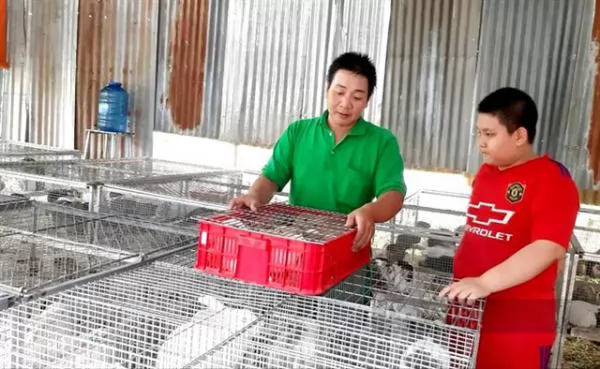
Hopping on the trend: Tiền Giang farmer finds fortune in rabbits
TIỀN GIANG — Đặng Hồng Phúc was one of the first large-scale rabbit breeders in Chợ Gạo District, in the Mekong Delta province of Tiền Giang, turning to them after failing to make ends meet in raising other livestock.





